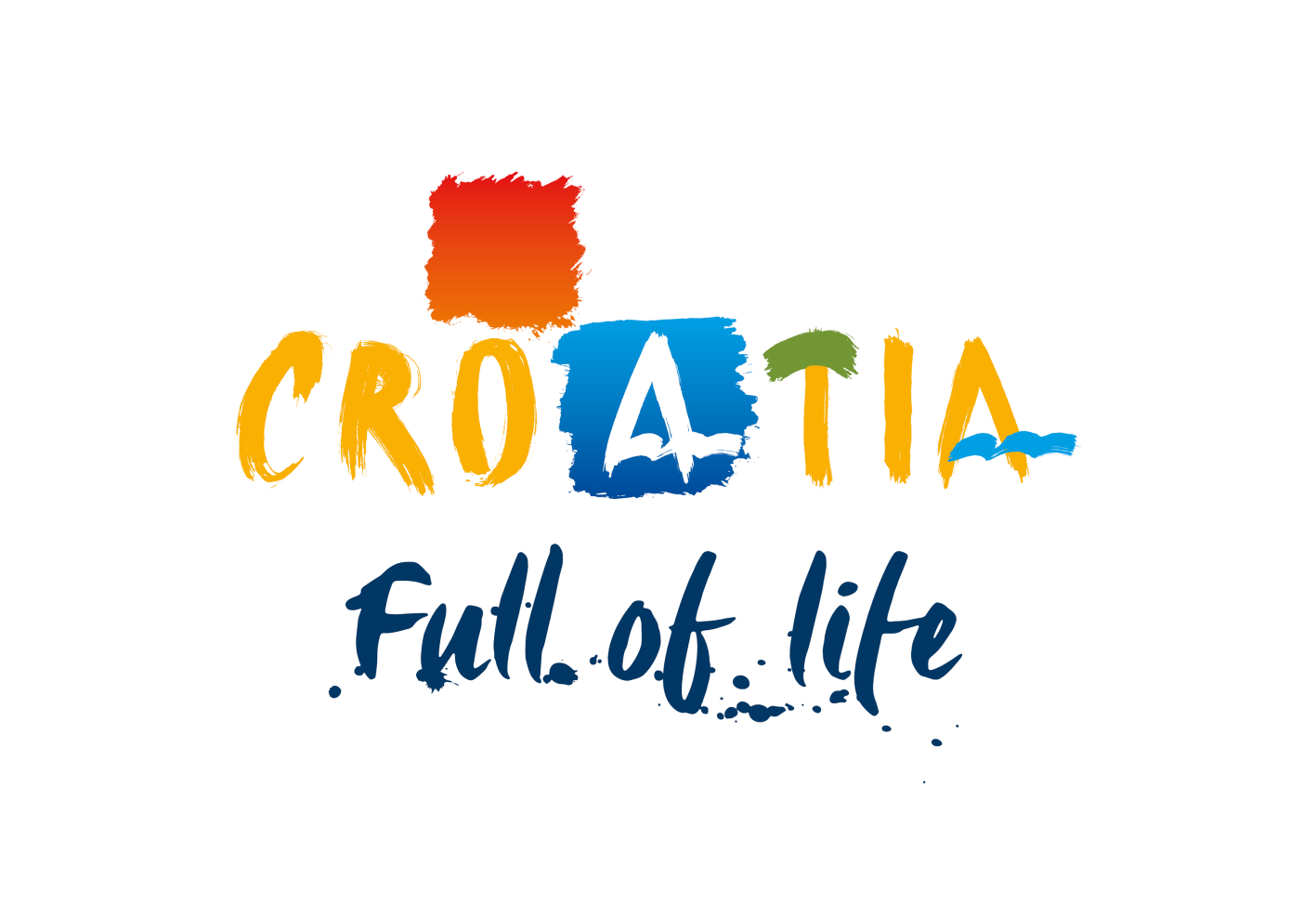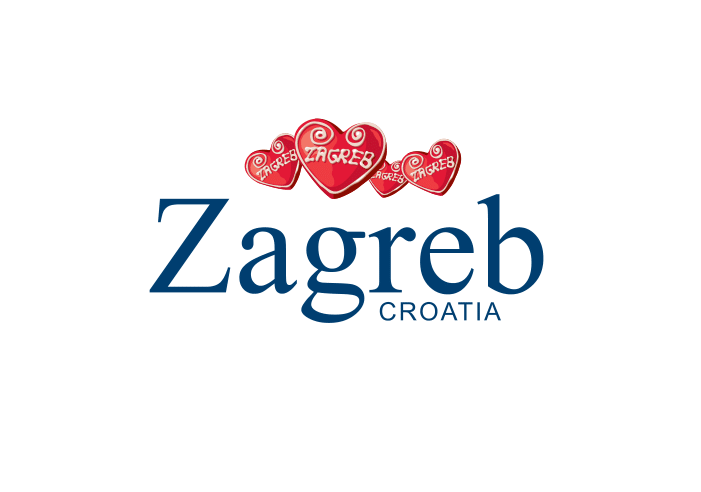SARAJEVO KLASIK - 2 dana autobusom
Bosnia and Herzegovina, Federation of Bosnia and Herzegovina, Sarajevo
Duration
Transportation
Select your stay
Select the departure date from the calendar
-
How many travelers?
Bosna i Hercegovina
Bosnia and Herzegovina is a country in Southeastern Europe. It borders Croatia, Serbia and Montenegro. According to its structure, it is a complex federal state with elements of a confederation; It consists of two entities - the Federation of Bosnia and Herzegovina and the Republic of Srpska and Brčko District. The capital and largest city of the country is Sarajevo.
The most important international sports event in Bosnia and Herzegovina was the 14th Winter Olympic Games held in Sarajevo from February 7 to 19, 1984.
BOSNA I HERCEGOVINA SKI
Bosnia and Herzegovina (abbreviated: BiH; Serbian: Bosnia and Herzegovina, BiH) is a country in Southeastern Europe. It borders Croatia, Serbia and Montenegro.
GEOGRAPHICAL POSITION:
It is located in the southeast of Europe, in the western part of the Balkan Peninsula. Its area is 51,209.20 km2 (51,209.2 km2 of which 51,197 km2 is land and 12.2 km2 is sea). The length of the border with neighboring countries is 1,538 km, of which the land border is 774 km long, the river border is 751 km, and the sea border is 13 km. It borders Croatia to the north, northwest and south (932 km), Serbia to the east (357 km) and Montenegro to the southeast (248 km). In the extreme south, on the territory of the municipality of Neum, it opens onto the Adriatic Sea in a length of about 20 km. The borders of Bosnia and Herzegovina are mainly of natural origin and are mostly formed by the rivers Drina, Sava and Una, and mountains such as Dinara in the southwest.
The highest peak is Maglić (2,386 m), in the southeastern part, on the border with Montenegro. The longest river that flows through Bosnia and Herzegovina is the Sava, and the largest of the lakes is the Buško, an artificial reservoir with an area of 56.7 km2.
Almost 50% of the territory of Bosnia and Herzegovina is under forests. The largest forest areas are in the central, eastern and western parts of Bosnia.
POLITICAL ORGANIZATION:
It is a complex federal state with elements of a confederation. Administratively, it is divided into 2 entities: the Federation of Bosnia and Herzegovina (51%) and Republika Srpska (less than 49%) and the Brčko District. The capital and largest city of the country is Sarajevo.
There are three constituent nations living in Bosnia and Herzegovina, Bosniaks, Serbs and Croats, and Bosniaks are the ethnic majority. Apart from them, other ethnic communities live in the country: Albanians, Montenegrins, Jews, Macedonians, Roma, Slovenes, Turks and others. Regardless of ethnicity, citizens of Bosnia and Herzegovina are often colloquially identified as Bosnians
According to the results of the 2013 census, it had 3,531,159 inhabitants.
The official languages are Bosnian (Bosniak), Croatian and Serbian
CLIMATE
The climate is moderately continental with warm summers and cold winters. Areas with high altitude have short cool summers and long, sometimes severe winters. On the coast and in the south of the country, winters are mild and rainy.
CURRENCY
The monetary unit is the convertible mark (KM; BAM); 1 KM = 100 pfennigs.
The exchange rate of the convertible mark (KM) is tightly linked to the Euro exchange rate (1.95 KM = 1 Euro)
Time zone
UTC +1 (EET)
UTC +2 (EEST)
Internet domain: .ba
Call number: +387
Sarajevo
Sarajevo is the capital and largest city of Bosnia and Herzegovina. It is located on the Miljacka river, the right tributary of Bosnia, in the eastern part of the Sarajevo-Zenica basin. According to the population census from 2013, the City of Sarajevo has 275,524 inhabitants, and according to estimates from June 2019, that number fell to 274,879 inhabitants. The wider area of the city gathers more than half a million inhabitants.
Sarajevo is the largest city in Bosnia and Herzegovina and a prominent cultural center of Southeast Europe. The city is known for its traditional cultural and religious diversity, which includes members of: Islam, Orthodoxy, Judaism and Catholicism. Due to its long and rich history and belonging, religious and cultural diversity, Sarajevo is sometimes called the "Jerusalem of Europe".
In the architectural sense, Sarajevo is an interesting example of the interweaving of different artistic influences, that is, architectural styles. Within the narrow valley, only a kilometer or two wide, which expands significantly only in today's Novi Grad municipality, i.e. in the eastern part of Sarajevo Field, there are numerous examples of early Ottoman, mature Ottoman architecture, then neo-Gothic, neo-Romanesque, eclectic, secessionist, futuristic and other buildings. .
The well-preserved commercial part of the city, Baščaršija, rich in unique architectural achievements of Ottoman urban architecture, is particularly significant from the period of Ottoman rule in Bosnia and Herzegovina.






